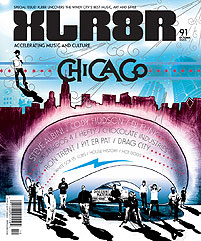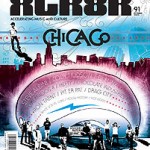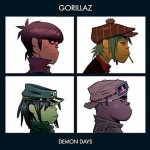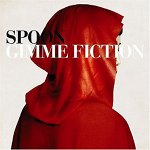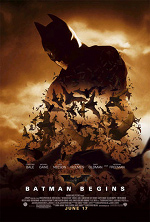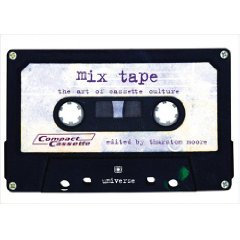Interview
Time Out Chicago
October 13-19, 2005
Link
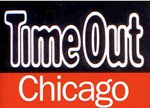
Green Velvet
Humorous, outrageously dressed alter ego of house jock Cajmere
Style: Techno
Chicago residencies: None, but I regularly play at Sound-Bar and Smartbar.
First gig ever: In Baltimore with the singer Dajae in the early ’90s, probably ’92 or ’93. It just happened. I really don’t have any idea on how I decided to dress up. I know that’s kind of lame, but that’s the truth.
Best gig ever: There isn’t one that stands out more than the other. I guess it’s when everyone is happy and everyone there thinks they’re at a good gig.
Worst gig ever: A bad gig is when I don’t play at all, I guess. When does that happen? As long as I’m performing, it’s a good gig.
Musical heroes: I really enjoy people like George Clinton when he was doing the Funkadelic and Parliament stuff. Prince, Sly Stone, Grace Jones and David Bowie. I love the ’70s, and I think back then it was more about the whole show. People aren’t used to those kinds of performances these days, outside of rock. It’s nowhere near the level it was once at.
Vice/drink of choice: That’s a hard one. Too many to say.
Favorite song: Anything by Stevie Wonder.His songs are very spiritual and I lovereligious songs.
Best thing about Chicago: The deep-dish pizza. I love it.
Diz
A second-generation house legend who grew up in the ’80s partying at the [now-defunct Chicago club] Muzic Box
Style: House and some downtempo
Chicago residencies: A rotating gig at Four on Tuesdays with Frique and Andrew Harris
First gig ever: At a club on North Broadway called Alcazar alongside Spencer Kincey, [a house DJ] also known as Gemini. The crowd was okay, but it was the place where I met my first true love.
Best gig ever: Two stick out. The first was at a birthday party for [DJ] Mark Farina in San Francisco in the mid-’90s. I was playing with Derrick Carter, and house music was pretty much running shit at that point. The second was at a party in L.A. called Dynagroove. I played with King Britt and could do no wrong.
Worst gig ever: I played a party in ’96 in New York where the decks skipped so much that I broke the record I was playing and threw it into the crowd. I never did that rock-star shit again.
Musical heroes: Both Quincy Jones and Stevie Wonder because of their versatility and longevity.
Vice/drink of choice: Right now, I’d have to say EFFEN Black [vodka] and 7-Up. I also like Maker’s Mark and Coca-Cola in mass quantities.
Favorite song: Laughter
Best thing about Chicago: The winters build character, and the caliber of talent that lives here.
Read more…
